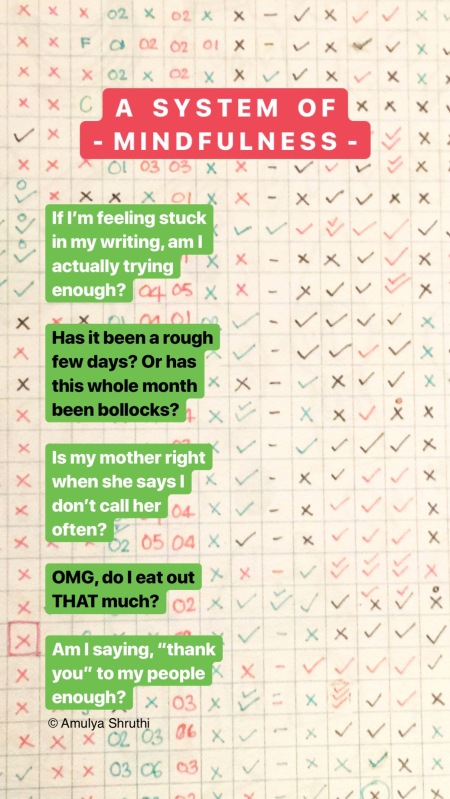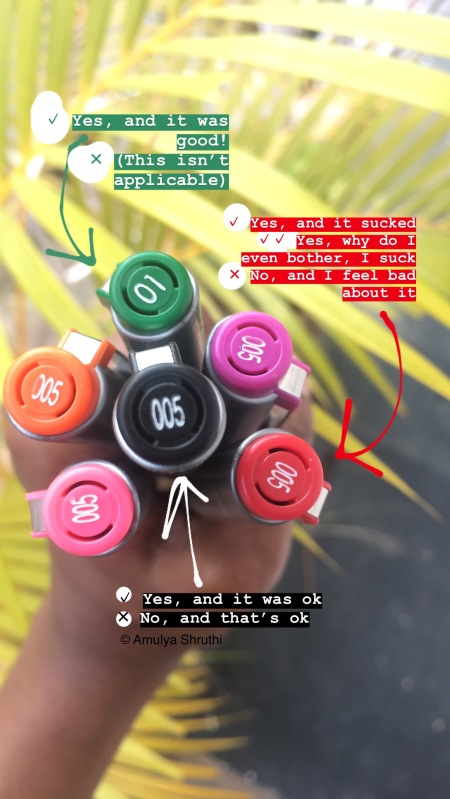I exited lockdown about five days ago, after at least thirty days of not leaving the house at all – and more of not leaving my neighbourhood. I was at my family home in Delhi when flights started getting canceled, remained there when the Indian lockdown began, and have been here since; with no fixed date on when I can reunite with my wife (in Singapore) or with work (outside Kanchipuram).
That’s been more than enough days spent locked down to realise that even once lockdowns are lifted, perhaps even if or once we have a working vaccine against Covid-19, things will not go back to how they were before the outbreak started immediately. They may never go back at all, or it may take years for that to happen. The businesses we relied on may have gone bankrupt during the lockdown. Workforces which fled for their villages may not come back, and probably definitely won’t for the same wages or living and working conditions. Flights and travel could become rare and expensive luxuries once again.
It’s also been enough days for my mood to change from day to day about the same thing. Sometimes, the memory of being able to walk to a cafe brings about immense melancholy, and sadness at not having done it since the middle of March1. And sometimes, it brings about immense excitement at the prospect of one day being able to do it again.
The past month has had me trying to focus on the excitement of doing something again, or something new; rather than get melancholy about not doing it at all. I haven’t always succeeded, but I’m trying to get better at it; and listing those things down in this blogpost is a further attempt at that.
Things From Before Lockdown that I Hope are Coming Back
- Stepping away from work to stretch my legs and have a coffee or a snack while people watching or writing something.
- Chocolate and cheese being easily available.
- Travel, and being able to fly to another country within my disposable income
- My company’s sales growth
- Online shopping of “non-essential” goods. Being stuck at home for a month with very little work is a great opportunity to do home improvement projects. Unfortunately I haven’t been able to get parts.
- Being able to take public transport without any fear of catching something
Things that Started in Lockdown that I wish would stick around
- high fuel taxes
- farmers being allowed to sell produce outside mandis
- being able to see the stars in night at Delhi. With skies clearing up; Castor, Pollux, Procyon, Sirius, Regulus, and Arcturus have been visible every evening. Out of the planets, only Venus seems to be in the northern sky for now.
- being able to see birds in Delhi. My family house’s trees have been hosting bulbuls, mynas, and parakeets in much larger numbers than any time in the last ten years. There are also more cheels, though they prefer to sit on genset chimneys, and I’ve even spotted a rufous tree pie and a yellow-footed green pigeon for the first time ever in Delhi.
- Social video calling, especially group calling. I spent my twenties without reliable internet, and never got into the habit of using Skype for calls. Then the pandemic came along, and turned video calling from a benefit to a necessity for work. But in the process, friends and family scattered across the world discovered it, and now regular group video chats are happening with people who I was struggling to remember to call in the pre-pandemic life.
New Things That I Hope Will Emerge After the Lockdown Ends
- Face masks becoming part of every day wear and etiquette, the way that they did in South Korea after the SARS epidemic.
- And leading on from that, facemasks as stylish as the South Koreans’. Chennai adopted the camo-print earmuffs so enthusiastically ten years ago – will we get something similar with face masks? We can hope.
What I Worry Won’t Last after the Lockdown Ends
- Chennai. I love the city, but first the floods, and now the coronavirus have exposed its vulnerabilities. But I don’t know what will happen next. Nothing, so that it continues to lurch from disaster to disaster; suburbs taking over, or British Raj style “knock down the diseased slums and shift everybody”.
Which of these will actually happen? I don’t want to say; because the last few weeks have had a parallel outbreak of people making predictions, most of which are suspiciously on the lines of “After the pandemic, people will end up doing what I used to do before the pandemic” or “After the pandemic, people will realise that my social and political views were correct all along”; and I don’t want to go down the same path. The lists above have been a confession, not a prediction; and I’m happy to wait and see.



 Posted by Aadisht
Posted by Aadisht 
